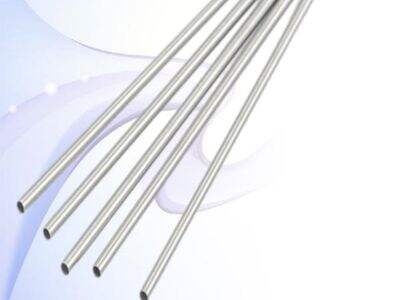Stainless steel is a metal that is very versatile and can be used for quite some things. Today we will discuss 304 stainless steel vs 316L stainless steel i.e. different types of stainless steel which we commonly use in industrial sensors. But what sets them apart from one another? Let's find out.
304 vs. 316L Stainless Steel
The most common type of stainless steel is type 304 which is known for its strength and longevity. In industrial sensors, it's used for a multitude of purposes. 316L stainless steel is a more advanced type that is much more durable, and also resists rust better.
304 and 316L Stainless Steel Working in Industrial Sensors
In industrial sensors, both 304 and 316L stainless steel have their advantages and disadvantages. 304 stainless is good for sensors that do not encounter aggressive chemistries or extremely high temperatures. It is also less expensive than 316L Stainless steel Tube. However, if sensors will be in tough places or near rust-causing materials, 316L stainless steel might be the better choice because it resists rust better and can handle higher temperatures.
Should You Upgrade to 316L Stainless Steel for Your Sensors?
Deciding If You Should Upgrade to 316L Stainless Steel Sensors If your sensors will encounter harsh chemicals, high highs, and rust-inducing materials, consider a switch to 316L stainless steel, which helps your sensors last much longer and perform more effectively. However, if your sensors will be in more moderate climates, 304 stainless steel may be a money saver.
Why do we need to know the Heat Properties of 304 and 316L stainless steel in sensors?
In sensor technology, one must consider whether or not the materials can withstand the heat. 316L Stainless steel has a much better thermal conductivity than 304 stainless steel. So, it may not give reliable results in scenarios where we aim to detect changes in temperature. 316L stainless steel, however, conducts heat more readily, which is useful for sensors pushing to measure temperature accurately.
Stainless Steel 304 vs 316L in Sensor Design
When designing industrial sensors the decision between 304 and 316L stainless steel really comes down to what the sensor is going to do. If the sensor will be exposed to harsh environments, corrosive materials, or extreme heat, 316L stainless steel metal tube may be the better choice, as it rusts less and has better thermal conductivity. But for sensors in less hostile environments, 304 stainless steel may be a suitable and more cost-effective option.



